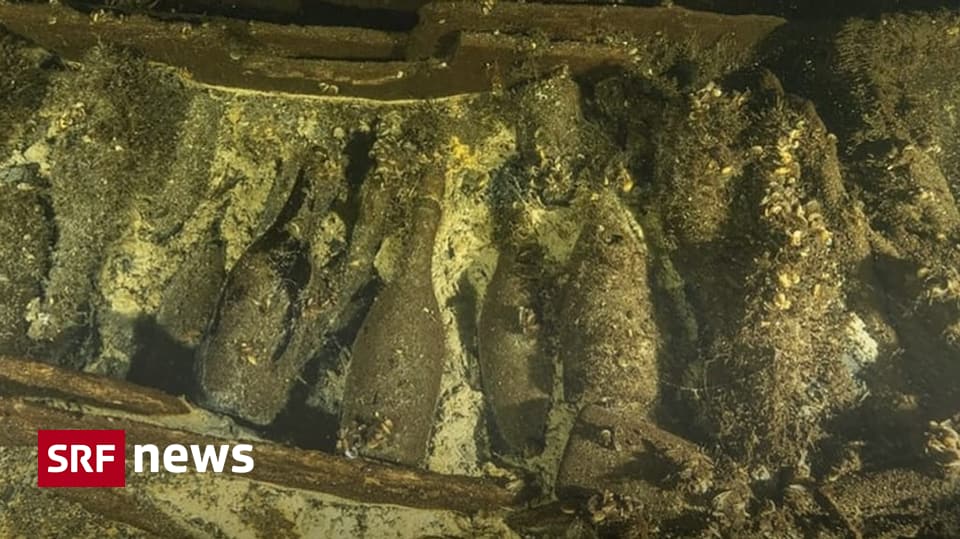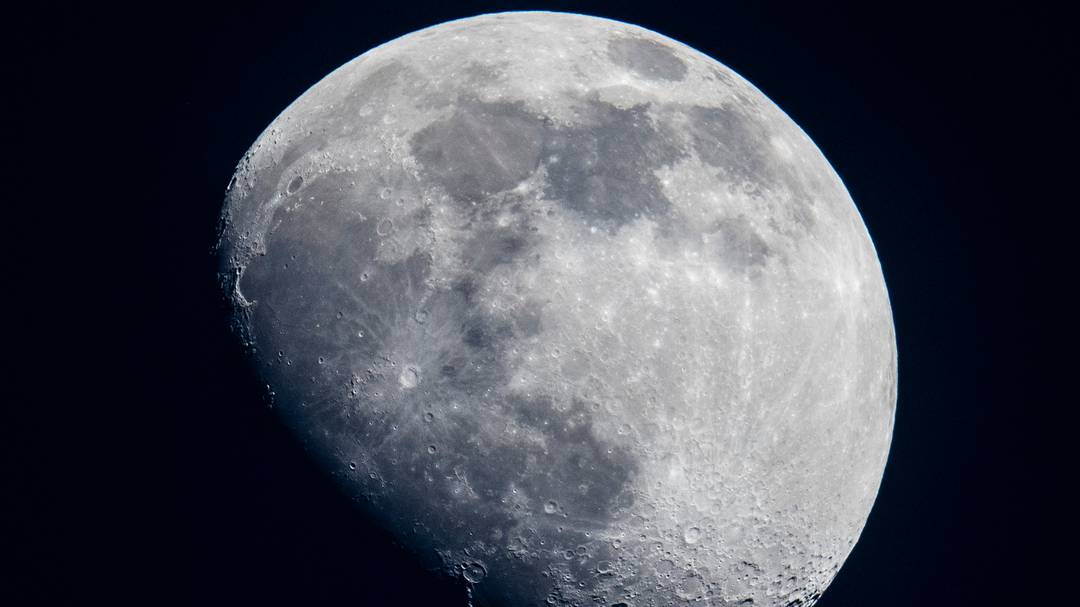Washington/Beijing. Earlier this year, Bill Gray received an error message from his show. The scientist programmed the program himself and has been using it to track space from the US state of Maine for a long time – asteroids, space debris and other objects close to Earth. However, the program simply did not want to give it a long-range route to a missile. “Then I realized my show was complaining because it couldn’t show the flight path of this object after March 4th,” Gray told The Washington Post. She couldn’t because the missile hit the moon after that.
Part of the rocket will hit the moon on March 4 (Friday), Jonathan McDowell, a professor of astronomy at Harvard University in the US, wrote on Twitter in January. “Interesting, but not a big deal either.” Countless scientists and space enthusiasts around the world now see things differently, after all it would be the first known unplanned impact of a rocket part on the Moon. “This unique event represents an exciting research opportunity,” NASA said.
Which missile is it?
However, there is one central question that has yet to be clarified: What exactly is supposed to hit the moon? Researcher Gray and NASA originally talked about part of the SpaceX rocket. This is the stage of the Falcon 9 rocket, which was launched in 2015 from Cape Canaveral Spaceport and transported the Deep Climate Observatory, an Earth observation satellite, into space. After that, the rocket stage did not have enough fuel to return to Earth, which is why it has been in space since then.
However, a short time later, Gray and NASA corrected their statements after evaluating more data: It was not a SpaceX rocket after all, but part of an old Chinese rocket, possibly the carrier rocket “Chang’e 5-T1” – a mission launched From Earth to Space in 2014. This is inferred from analyzes of the body’s orbits in 2016 and 2017.
How many kilometers is the diameter of the moon? How many astronauts have entered that so far? How cold is the weather on the moon? We answer all questions. © RND
However, China denied these reports. “China has taken note of expert analyzes and media reports on this issue,” said Wang Wenbin, a spokesman for the Foreign Ministry in Beijing. However, according to their own results, the missile in question was burned.
The effect will not be measurable
In any case, it would not be possible to observe or measure the impact on the far side of the Moon. There is currently no seismometer on the Moon that can measure the impact. There are also no telescopes or sensors that can directly track the crash. However, in hindsight, an Indian orbiter and one from NASA could be observing the new crater. According to NASA, this could take weeks or even months.
It will be the first known unplanned collision of a part of the rocket with the Moon – but not the first ever. “On the contrary,” says Ulrich Koehler of the German Aerospace Center (DLR). “Some of this was specifically aimed at doing science.” In the era of NASA’s “Apollo,” this was part of the mission concept.
“The lunar modules were separated at the time and put on a collision course,” says Kohler. The quake on the lunar surface was then measured by the seismometers remaining on the Moon. Like a small earthquake, so to speak. “From this – along with numerous lunar earthquakes and natural forcings – conclusions can be drawn about the properties of the lunar crust,” says a planetary geologist at the DLR Institute for Planetary Research in Berlin-Adlershof.
Hardly studied the far side of the moon
Subsequent lunar missions were also eventually implemented. “The goal was to geochemically record the resulting cloud – for example to be able to detect ice particles in isolated craters,” says Kohler. Imminent collapse may also be helpful. “Lunar soil matured over millions of years due to solar winds, cosmic rays, and the impact of micro-meteorites. The impact is now revealing almost pure material – and on the unstudied far side of the moon at that time.”
For Scientist Gray, who was among the first to predict the imminent impact, the unplanned collision is also a sign that trajectories of space debris must be monitored better and more systematically in order to avoid such “chaos” and also potentially dangerous situations in spacecraft to avoid the future. He’s upset that he first misidentified the object as the stage of a SpaceX rocket. “It bothers me that I didn’t get it right, but I’m still very interested to know what comes out of it.”

“Alcohol buff. Troublemaker. Introvert. Student. Social media lover. Web ninja. Bacon fan. Reader.”







More Stories
Is the wrong diet making you forget?
We can study it with a new telescope.
Education: Start studying astronomy at school.